Operation Homecoming Exhibit
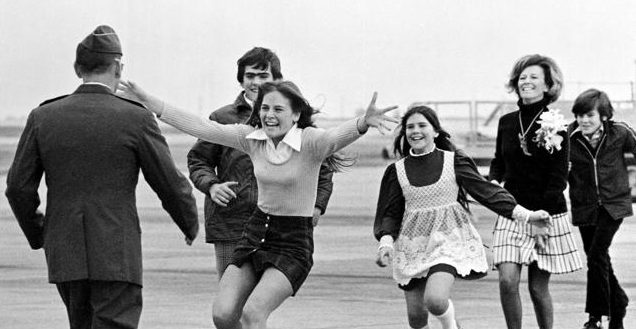
OPERATION HOMECOMING VIRTUAL EXHIBIT
Operation Homecoming was the return of 591 American prisoners of war held by North Vietnam following the Paris Peace Accords that ended U.S. involvement in the Vietnam War.
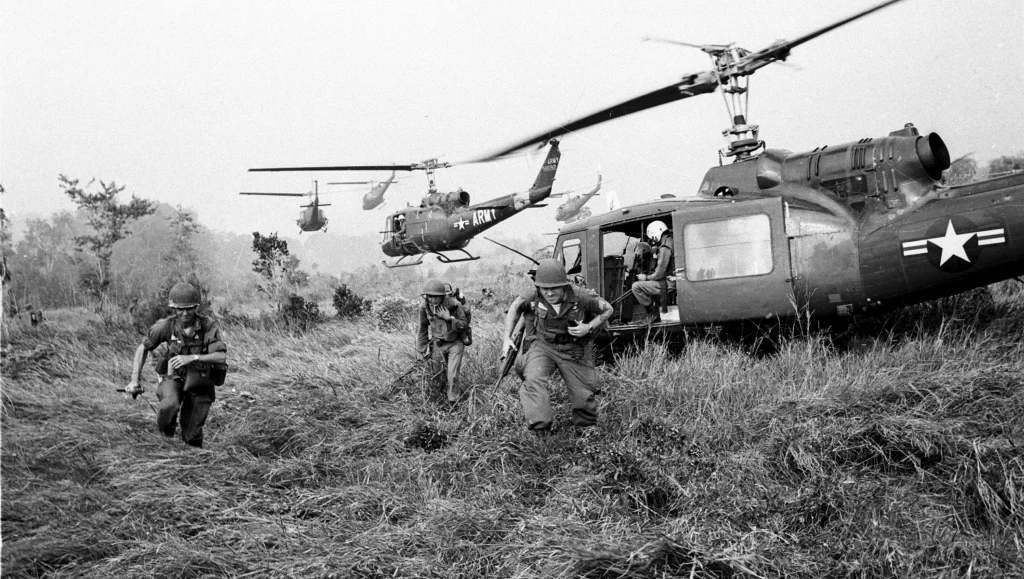
UNITED STATES INVOLVEMENT IN VIETNAM
The Vietnam War pitted South Vietnam and the United States against communist North Vietnam and the Viet Cong. Starting with the deployment of military advisors in the 1955 to combat the spread of Communism in Southeast Asia, America’s involvement in Vietnam steadily increased. In February 1965, President Lyndon B. Johnson ordered the escalation of armed forces in Vietnam, plunging the United States into a full-scale military conflict…
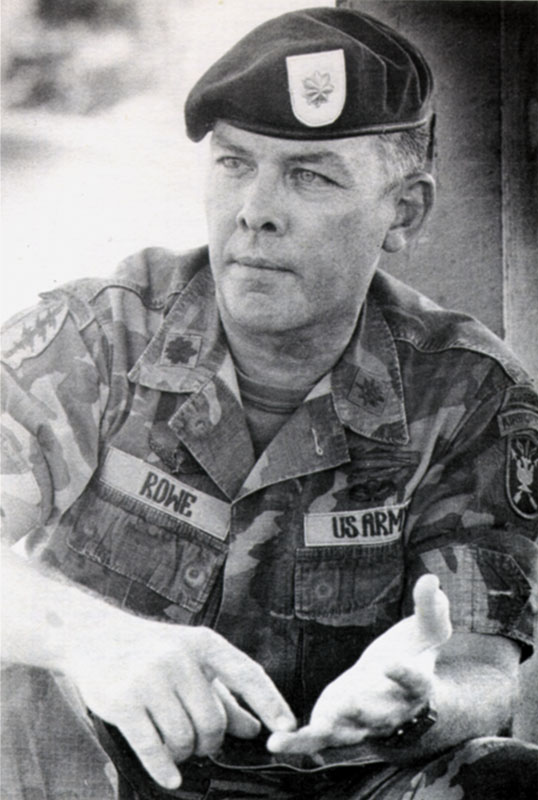
AMERICAN POWS
“… there was no pretense of leniency and humanitarianism …There was a harsh, unyielding process of deliberately breaking a man. If a prisoner still refused to comply, it became tantamount to ordering his own execution.”
– Colonel James “Nick” Rowe | Prisoner of War from 1963-1968 | U.S. Army Special Forces
American prisoners of war (POWs) in Southeast Asia endured torture, political exploitation, foul living conditions, and never-ending attempts at communist indoctrination. North Vietnam and the Vietcong treated captured U.S. service members not as POWs, but as foreign invaders and criminals set on subverting Vietnam’s communist revolution….
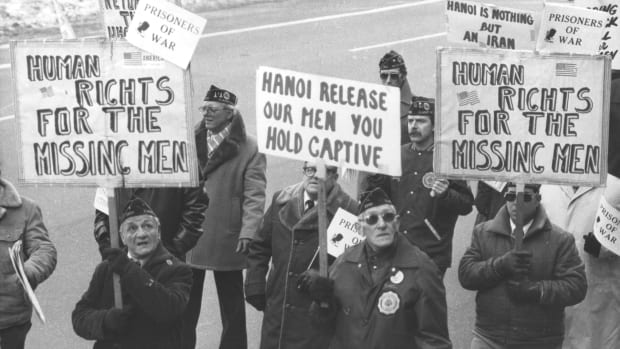
WORKING AT HOME FOR POW-MIAS: THE NATIONAL LEAGUE OF FAMILIES OF AMERICAN PRISONERS & MISSING IN SOUTHEAST ASIA
At home, Americans campaigned for the immediate release and compassionate treatment of American prisoners of war (POWs). Sybil Stockdale, the wife of Navy officer James Stockdale, who had been shot down in 1965, was one of the most ardent POW and missing in action (MIA) activists.
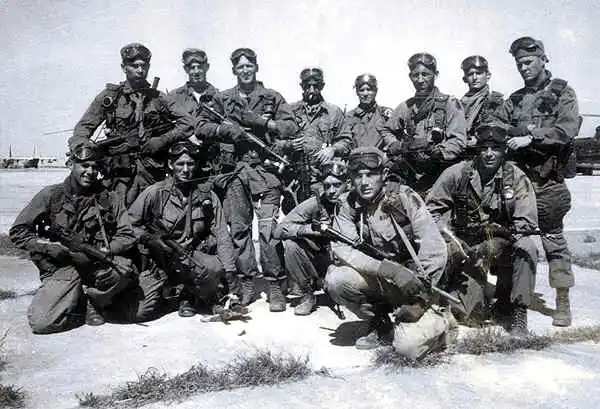
OPERATION IVORY COAST: THE SON TAY RAID
On 21 November 1970, 56 specially selected and trained Special Forces Soldiers took on a mission, codenamed Operation IVORY COAST, to liberate American prisoners of war (POWs) held in a small prisoner of war camp at Son Tay, 23 miles west of Hanoi, the North Vietnamese capital. Although the mission was a tactical success, Special Forces Soldiers, also known as “Green Berets,” found the camp deserted…
PARIS PEACE ACCORDS
“… we today have concluded an agreement to end the war and bring peace with honor in Vietnam and in Southeast Asia … all Americans held prisoners of war throughout Indochina will be released. There will be the fullest possible accounting for all of those who are missing in action.”
– President Richard Nixon, 23 January 1973
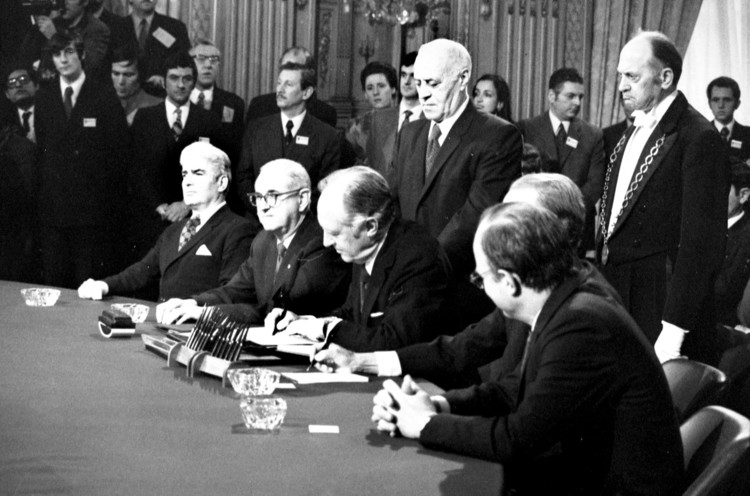
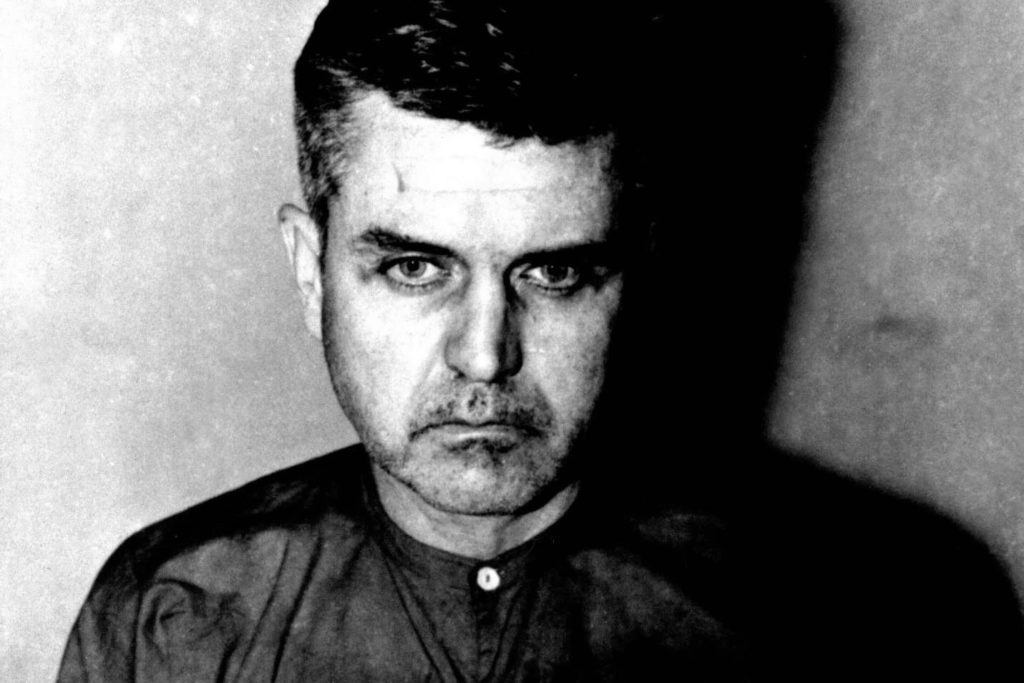
OPERATION HOMECOMING
“The men who follow me down that ramp know what loyalty means because they have been living with loyalty, living on loyalty, the past several years — loyalty to each other, loyalty to the military, loyalty to our commander-in-chief.”
-Captain James Stockdale, United States Navy, Prisoner of War from 9 September 1965 to 12 February 1973
In the days following the signing of the Paris Peace Accords, the American prisoners of war (POWs) learned that their release was finally at hand…

VIETNAM POWs & MIAS IN HOLLYWOOD
Hollywood has contributed to many misconceptions regarding Vietnam War veterans, particularly prisoners of war (POWs). In the 1970s, the strong anti-Vietnam War sentiment in America, which was reported in the media and widespread on college campuses influenced how Vietnam veterans and ex-prisoners were depicted on screen. In these films, former POWs are portrayed as broken individuals with psychological scars from their time in captivity who seek vengeance on the country that abandoned them.
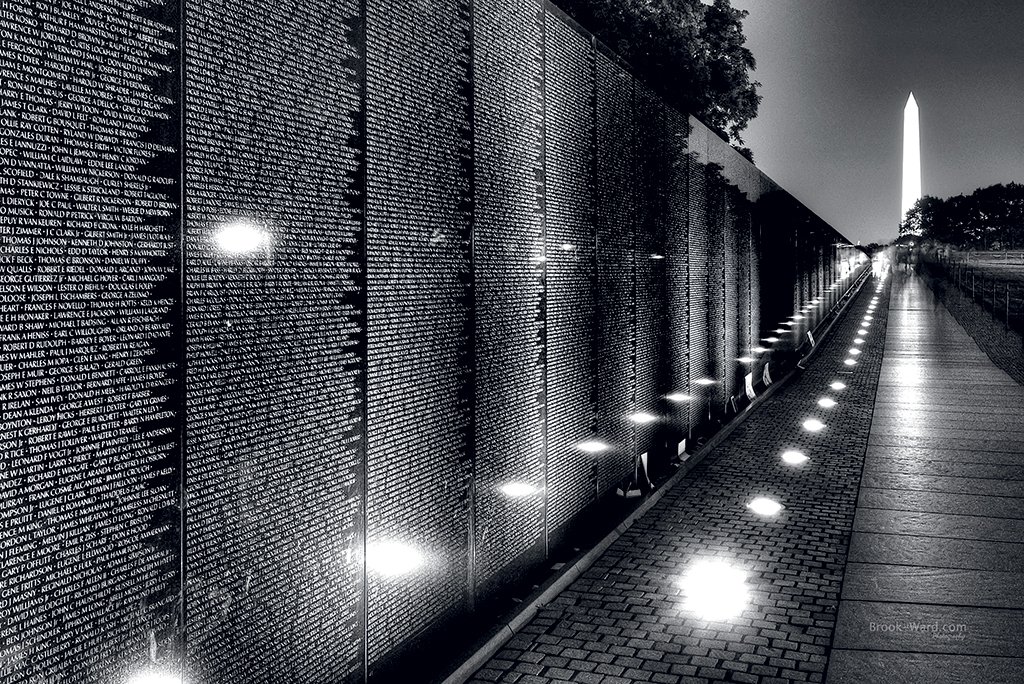
VIETNAM WAR ACCOUNTING
More than 1,000 Americans lost in the Vietnam War have had their remains identified and returned to their families for burial since 1973. 1,582 unaccounted-for service members of the war in Vietnam are still missing as of 16 September 2022. Hundreds of the nearly 1,600 Americans from the Vietnam War who are still unaccounted for are thought to fall into the “non-recoverable” category, which means that the Defense POW-MIA Accounting Agency (DPAA) has determined that the person died but does not believe it is possible to recover the remains…
PRISONER OF WAR MEDAL
“… in my lifetime, America has fought four wars …You, the men here today, … survived the battles, you survived captivity, and you came home. I salute your valor, and I thank you for being here today as we present a new medal that honors those who served honorably as prisoners of war … in Vietnam, you fought a noble battle for freedom. On the battlefield you knew only victory, only to have your victory lost by a failure of political will … Nonetheless, you did honor to America.”
President Ronald W. Reagan
Remarks at the presentation ceremony for the Prisoners of War Medal, 24 June 1986
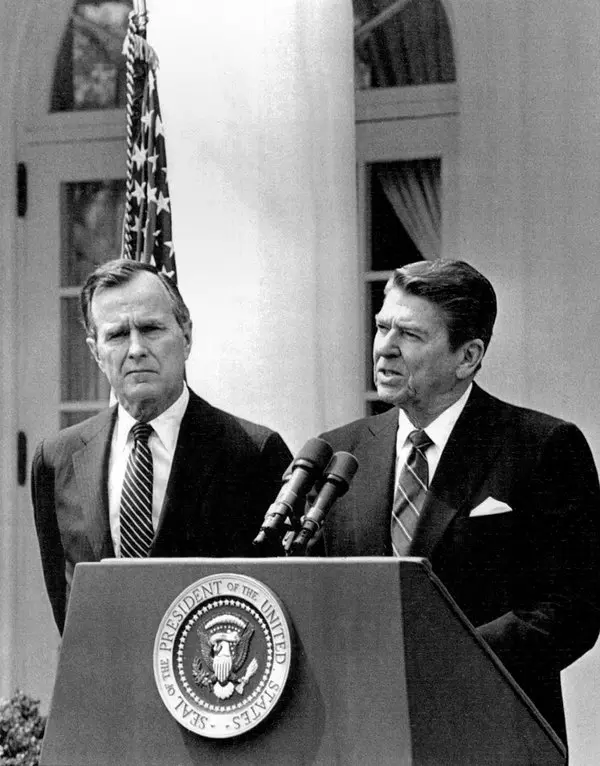

NATIONAL LEAGUE OF FAMILIES POW-MIA FLAG
The National League of Families of American Prisoners and Missing in Southeast Asia (the League) adopted this flag as its official symbol in 1972. The flag includes a silhouette of a prisoner of war (POW) in front of a guard tower and barbed wire in white on a black field. The letters “POW-MIA” appears above the silhouette, with the phrase “You Are Not Forgotten” below in white on the black field.



